Deskripsi
Babi Pipa
A Pipe Pig is a specialized tool propelled through pipelines by gas, liquid, or system pressure. Its primary function is to clean and maintain the internal surfaces of pipelines—especially in gas and oil transmission systems.
Beyond cleaning, modern pipe pigs can carry radio transmitters and ground tracking devices, forming a comprehensive electronic tracking system. This makes pipe pigs not just cleaning tools, but also critical assets for monitoring and diagnostics.
If you have questions about choosing the right pipe pig or pigging process, our team of experts is ready to assist.
Fitur babi pipa
Pipe pigs are essential tools for pipeline maintenance and inspection. First, they offer excellent wear resistance, performing reliably in harsh conditions. Next, their strong passing ability allows them to navigate complex pipeline layouts with ease. Additionally, they deliver superior cleaning performance, effectively removing debris and buildup. Their accurate tracking capabilities ensure precise location data, which supports targeted inspections. Most importantly, they maintain a low rate of false positives, providing dependable and accurate results. Together, these features make pipe pigs vital for maintaining pipeline efficiency, safety, and longevity.
Laporan Uji Poliuretan | ||||
TIDAK. | PROYEK UJI | SATUAN | LAPORAN UJI | METODE UJI |
1 | Kekerasan pantai | pantai A | 83 | GB/T 531.1-2008 |
2 | abrasi ANDA | mm3 | 21 | GB/T 53516-1987 |
3 | Abrasi Akron | cm3 | 0.0518 | GB/T 1689-1998 |
4 | Stres 100% pada pemanjangan pasti | MPa | 3.41 | GB/T 528-2009 |
5 | Tegangan 300% pada perpanjangan tertentu | MPa | 5.74 | GB/T 528-2009 |
6 | Kekuatan tarik | MPa | 51.2 | GB/T 528-2009 |
7 | Perpanjangan saat putus | % | 1263 | GB/T 528-2009 |
8 | Kekuatan sobek (sudut kanan) | kN/m | 77 | GB/T 529-2008 |
9 | Tingkat ketahanan | % | 34 | GB/T 1681-2009 |
Pipe Pigs with Cups | |
Cup Material | Poliuretan |
Middle Material | Carbon Steel |
Medium Temperature | -40 Deg.C ~ +120 Deg.C |
Rentang Ukuran | from 2 inches to 60 inches |
Effective Strategies for Preventing and Mitigating Wax Deposition in Hot Oil Pipelines
- Maintaining Oil Temperature: Menjaga suhu oli di sepanjang pipa lebih tinggi dari titik curah hujan lilin dapat secara signifikan mengurangi deposisi parafin. Ini melibatkan pemantauan dan mengendalikan kondisi termal pipa secara hati -hati.
- Mengurangi Perbedaan Suhu Dinding Minyak: Menerapkan teknik isolasi dapat membantu mengurangi perbedaan suhu di dinding minyak. Ukuran ini tidak hanya mengurangi deposisi lilin tetapi juga meminimalkan kehilangan panas. Namun, penting untuk membuat perbandingan teknis dan ekonomi untuk menentukan kelayakan dan efektivitas langkah -langkah isolasi tersebut.
- Mempertahankan laju aliran: Menjaga laju aliran dalam pipa di atas 1,5m/s mencegah operasi throughput rendah, yang dapat berkontribusi pada pengendapan lilin.
- Memilih bahan pipa atau pelapis yang sesuai: Memanfaatkan bahan pipa atau pelapis internal yang tidak menyerap lilin dapat membantu mencegah akumulasi dan penumpukan lilin.
- Pencegahan Lilin Kimia: Memanfaatkan surfaktan sebagai inhibitor lilin dapat mencegah molekul lilin mengendap pada permukaan yang dikristalisasi. Atau, menambahkan pengubah kristal lilin ke minyak mentah dapat membuat kristal parafin tersebar di aliran minyak dan mencegahnya menyatu atau menyimpan. Namun, kelayakan ekonomi metode ini saat ini terbatas karena tingginya biaya aditif kimia.
- Pigging untuk menghilangkan lilin: Sementara langkah -langkah di atas dapat mengurangi deposisi lilin, mereka mungkin tidak menghilangkannya sepenuhnya. Oleh karena itu, babi, suatu proses yang menggunakan perangkat yang dikenal sebagai 'babi pipa', banyak digunakan dalam pipa jarak jauh untuk menghilangkan lilin. Babi yang paling umum digunakan adalah babi mekanik dan babi busa, masing -masing menawarkan keunggulan unik.
Wax deposition on the walls of hot oil pipelines can pose significant operational and management challenges. Hence, it’s crucial to implement measures to prevent and reduce such deposition. By combining these strategies suitably, one can effectively manage and reduce the challenges posed by wax deposition in hot oil pipelines, ensuring smooth and efficient operation.

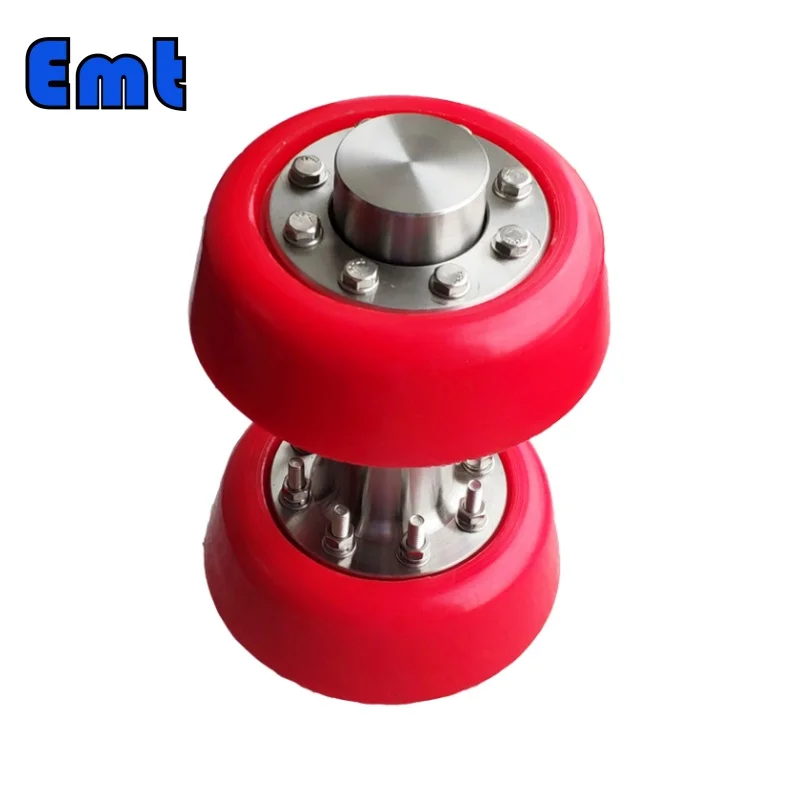
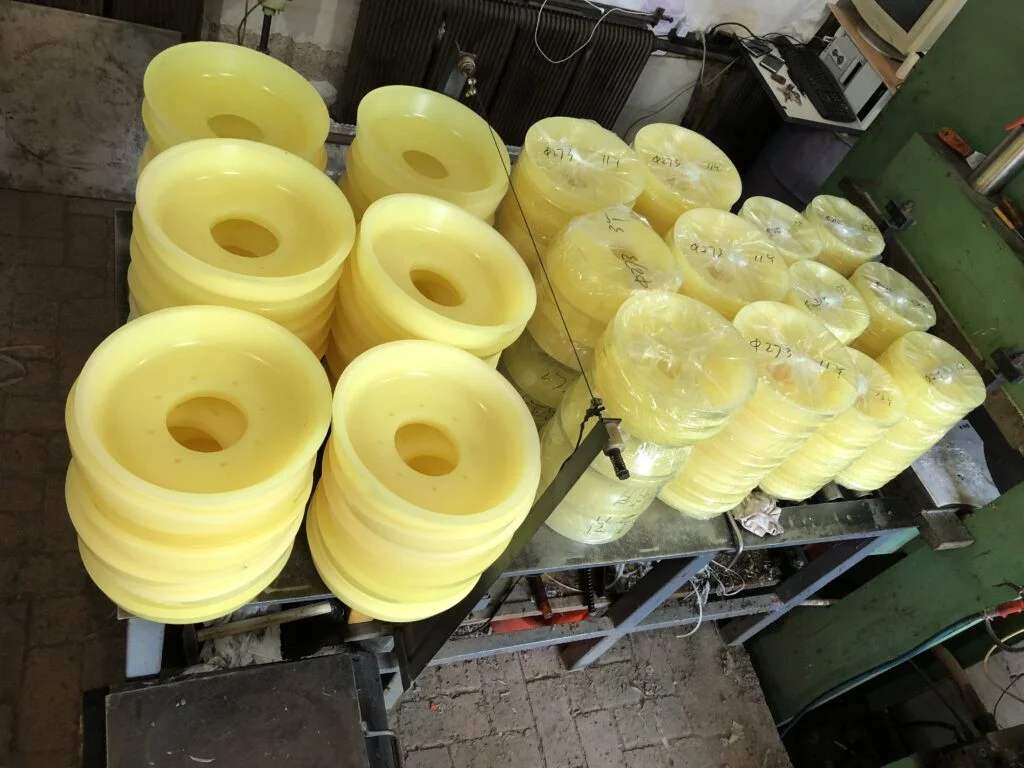
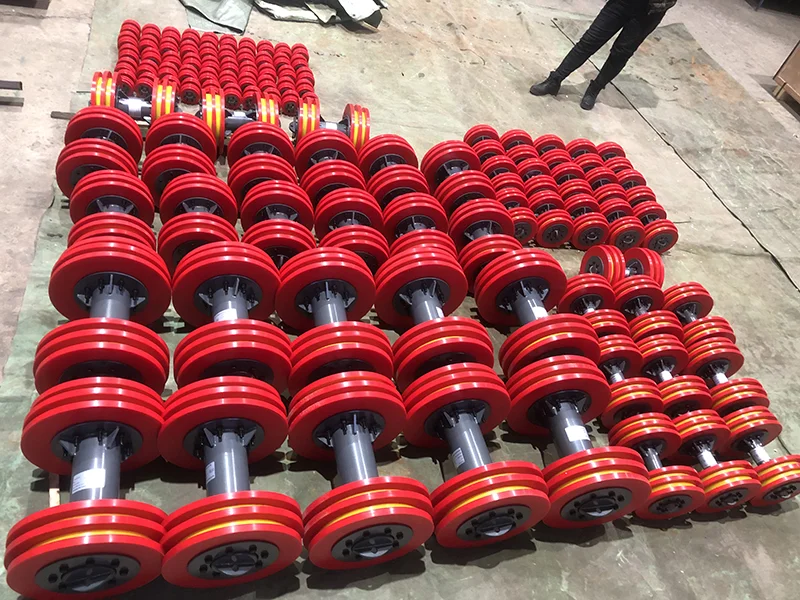

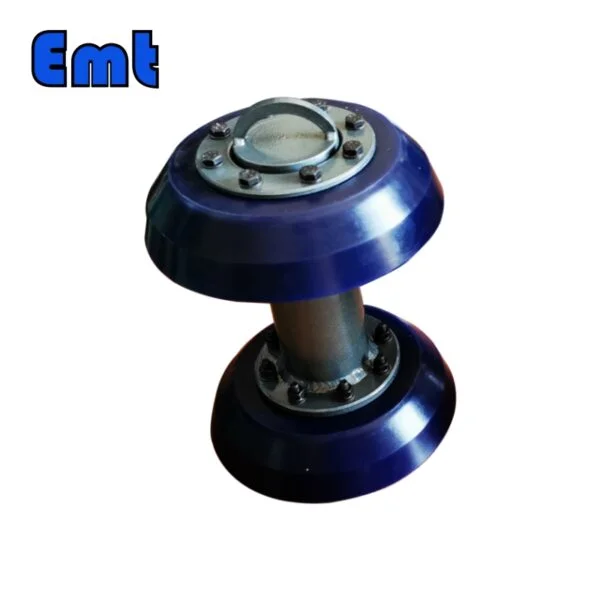
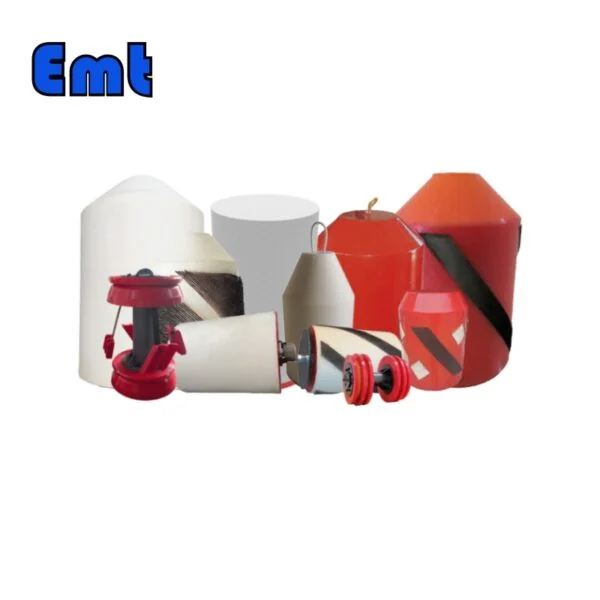
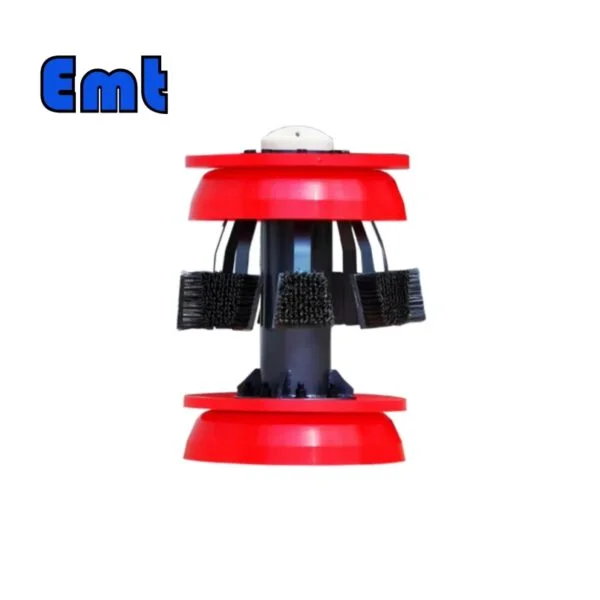
Ulasan
Belum ada ulasan.